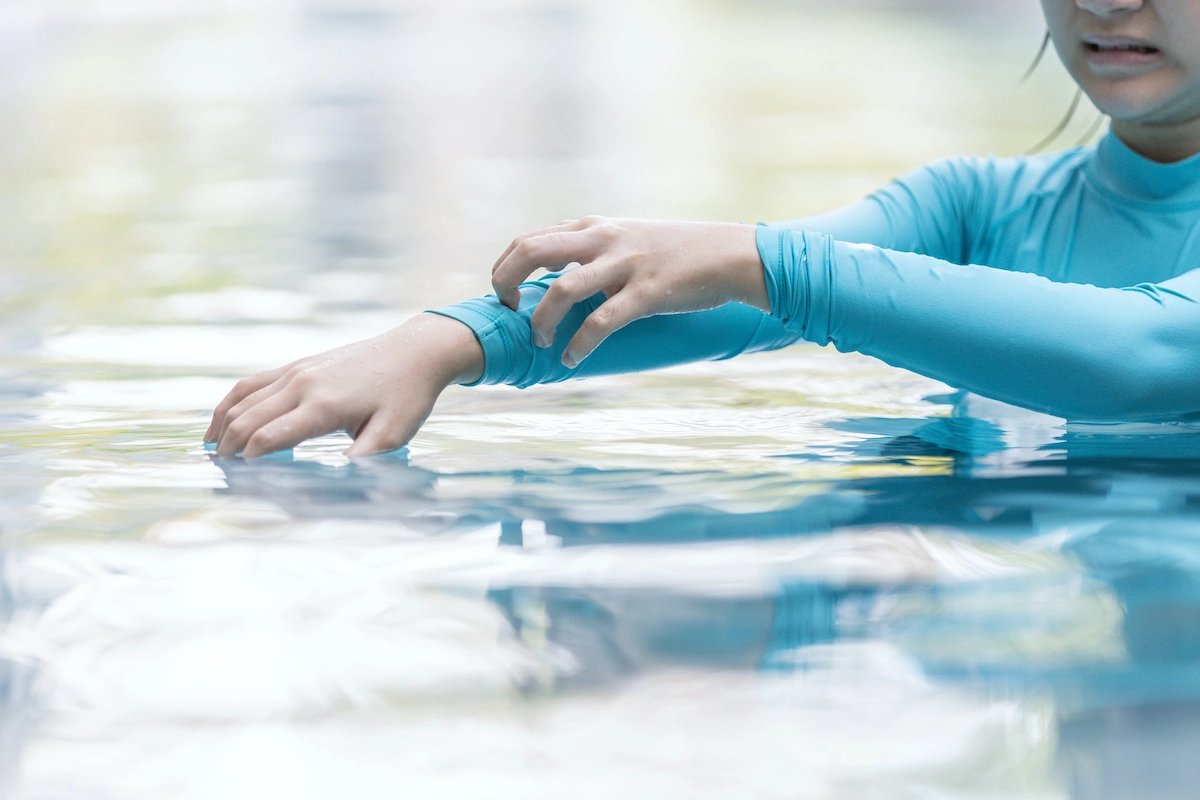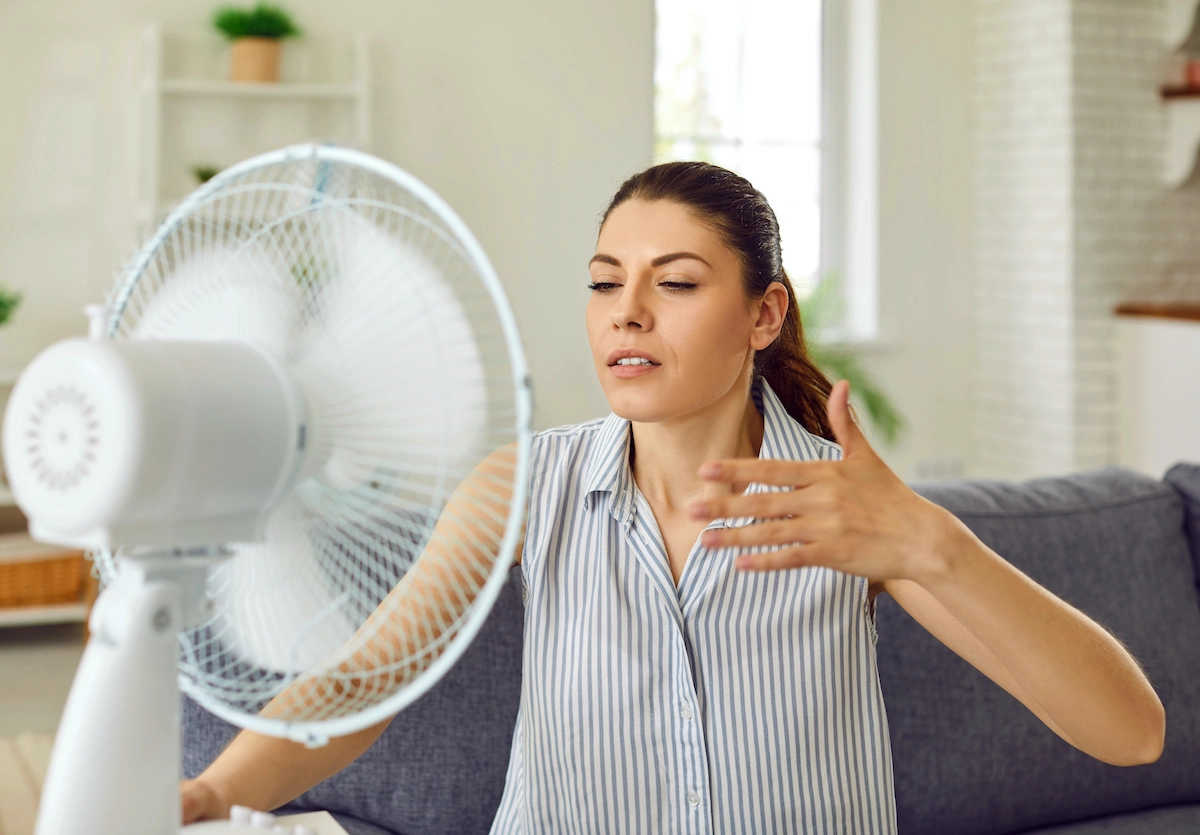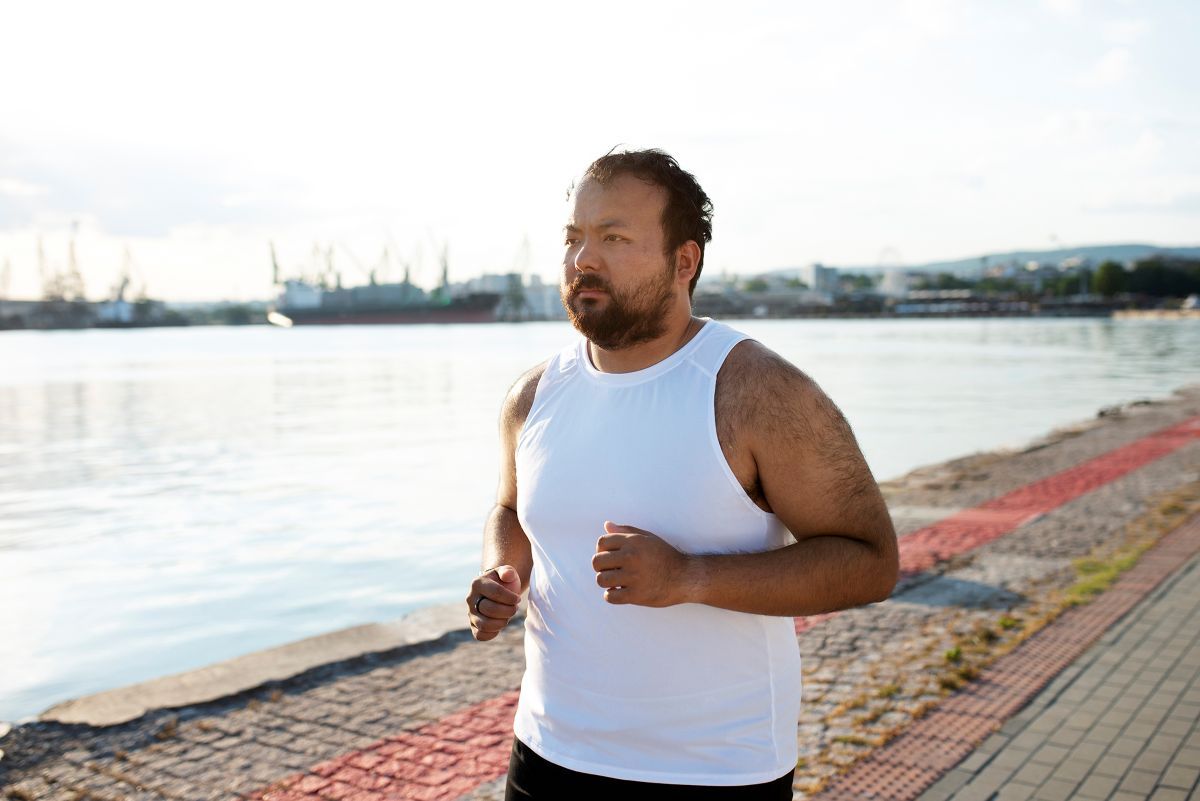Swimmer’s itch is a rash that can occur after you go swimming or wading outdoors. It’s most common after being in freshwater lakes and ponds, but you can get it in saltwater too.
Swimmer’s itch is usually caused by a reaction to tiny parasites in the water that burrow into your skin while you’re swimming or wading in warm, calm water. These parasites can’t survive in people, so they soon die.
Swimmer’s itch usually clears on its own within a few days. In the meantime, you can control itching with medicine.
Symptoms: Swimmer’s itch symptoms include an itchy rash that looks like pimples or blisters. Symptoms may begin within minutes or as long as two days after swimming or wading in contaminated water. Usually, the rash affects skin that’s not covered by swimsuits, wetsuits, or waders. Your sensitivity to swimmer’s itch can increase each time you’re exposed to the parasites that cause it.
Causes: Swimmer’s itch is caused by an allergic reaction to parasites that burrow into your skin from warm water. These parasites are found in some animals that live near ponds and lakes, including geese, ducks, and muskrats. The parasites’ eggs get into the water through the animals’ waste. When the young parasites hatch, they live and grow in a type of snail that lives in shallow water. The snails then release the parasites into the water, where they can infect humans.
Swimmer’s itch isn’t contagious from person to person.
Risk factors: Factors that can increase the risk of swimmer’s itch include:
- Spending time in water that’s infested with certain parasites.
- Forgetting to dry off with a towel after getting out of the water.
- Being sensitive to the parasites that cause swimmer’s itch.
Complications: Swimmer’s itch usually isn’t serious, but your skin can become infected if you scratch the rash.
When to see a doctor:
Talk to your health care provider if you have a rash after swimming that lasts more than a week. If you notice pus at the rash site, check with your health care provider. You might be referred to a doctor who specializes in skin conditions (dermatologist).
Prevention: Follow these tips to avoid swimmer’s itch:
- Choose swimming spots carefully. Avoid being in water near the shore where swimmer’s itch is a known problem or where signs have been posted warning of the risk. Also avoid being in marshy areas where snails are often found.
- Rinse after swimming. Rinse exposed skin with clean water right after leaving the water. Then dry the skin with a towel.
- Skip the bread crumbs. Don’t feed birds on piers or near swimming areas. Bread crumbs are very unhealthy for waterbirds anyway.
Source: By Mayo Clinic Staff, https://www.mayoclinic.org/diseases-conditions/swimmers-itch/symptoms-causes/











